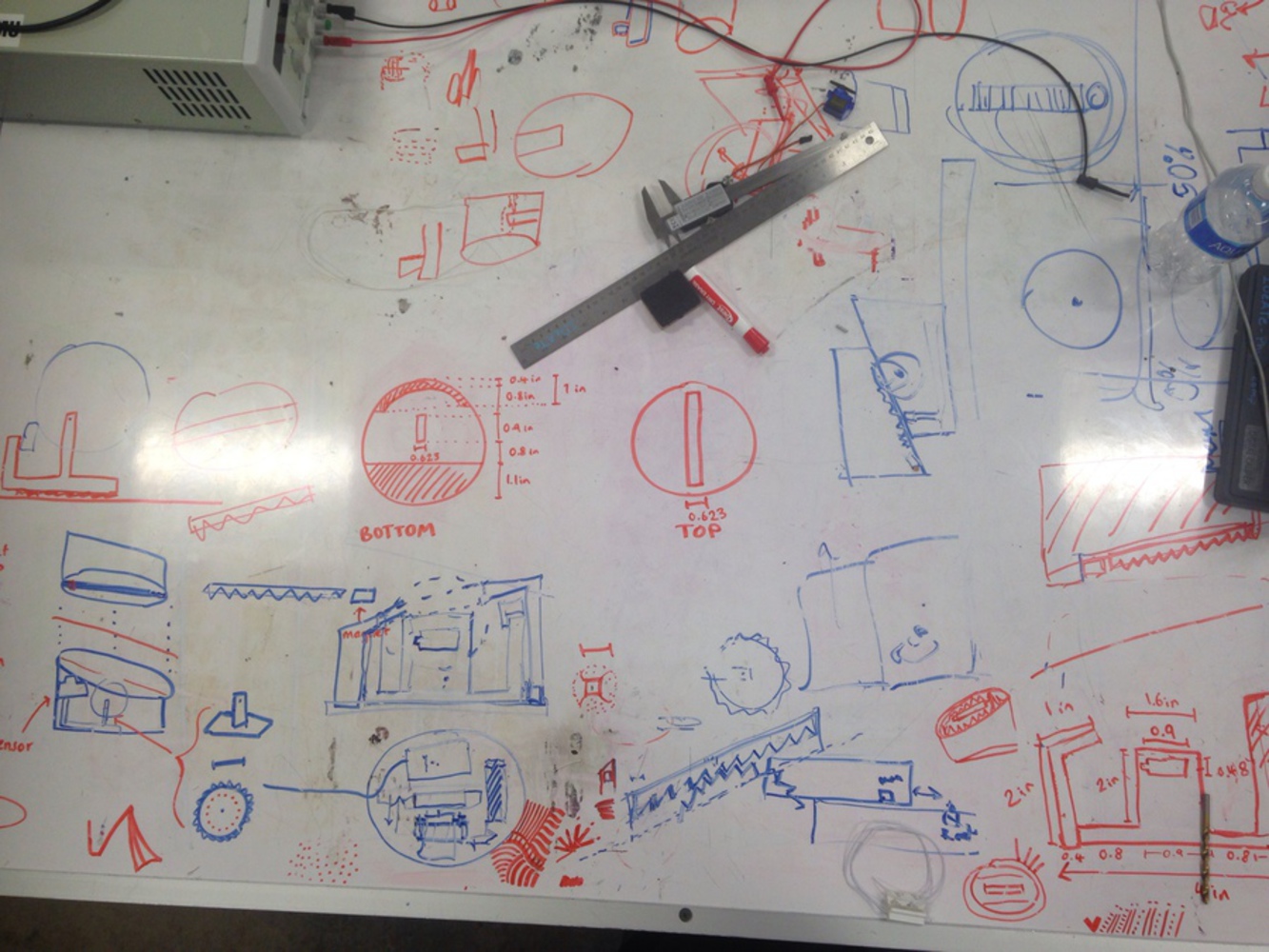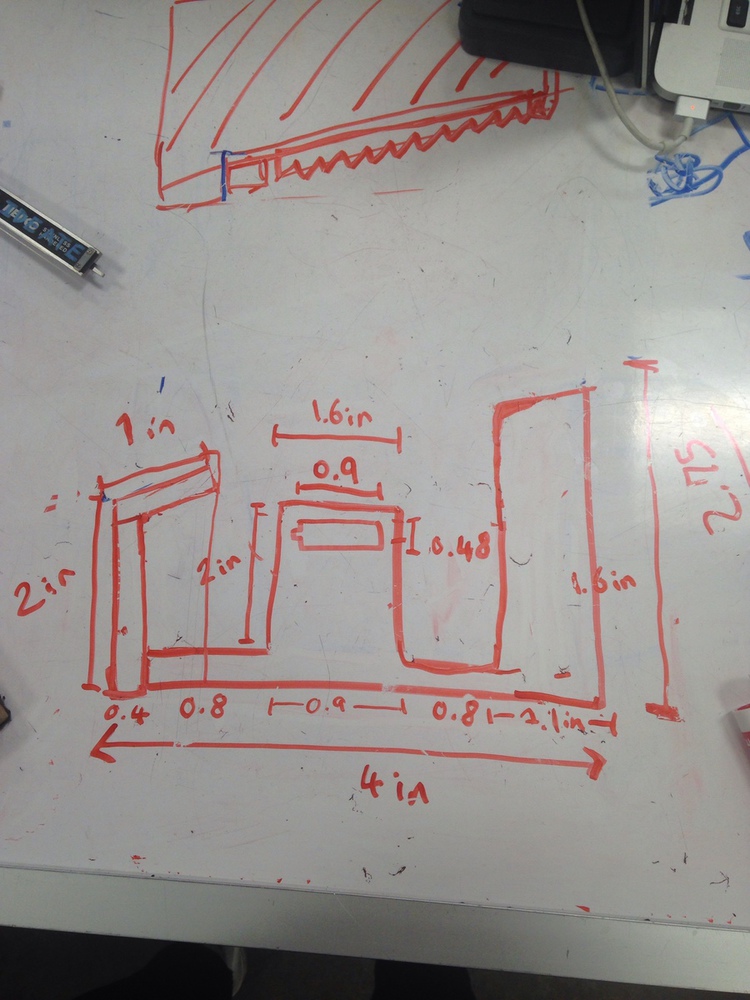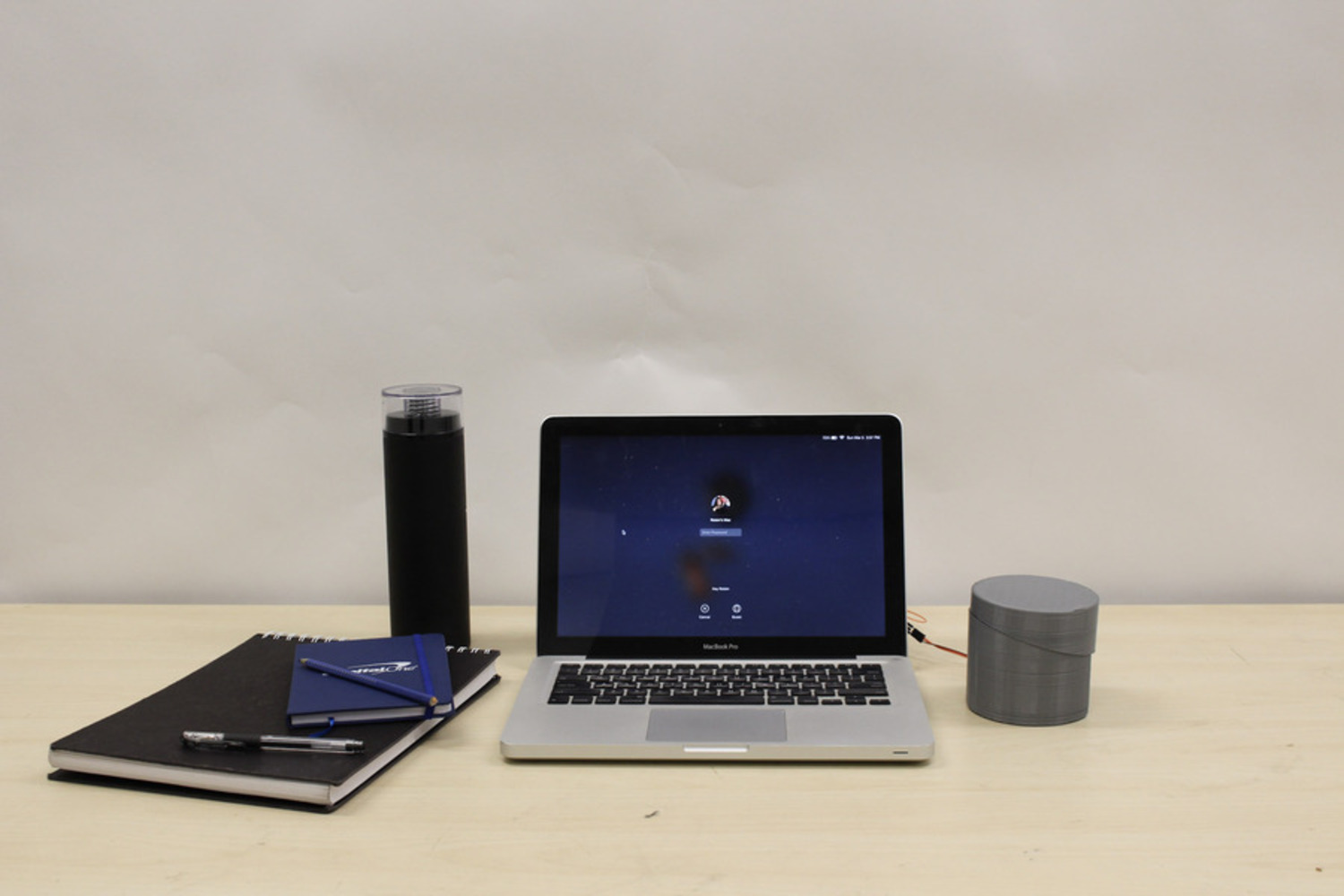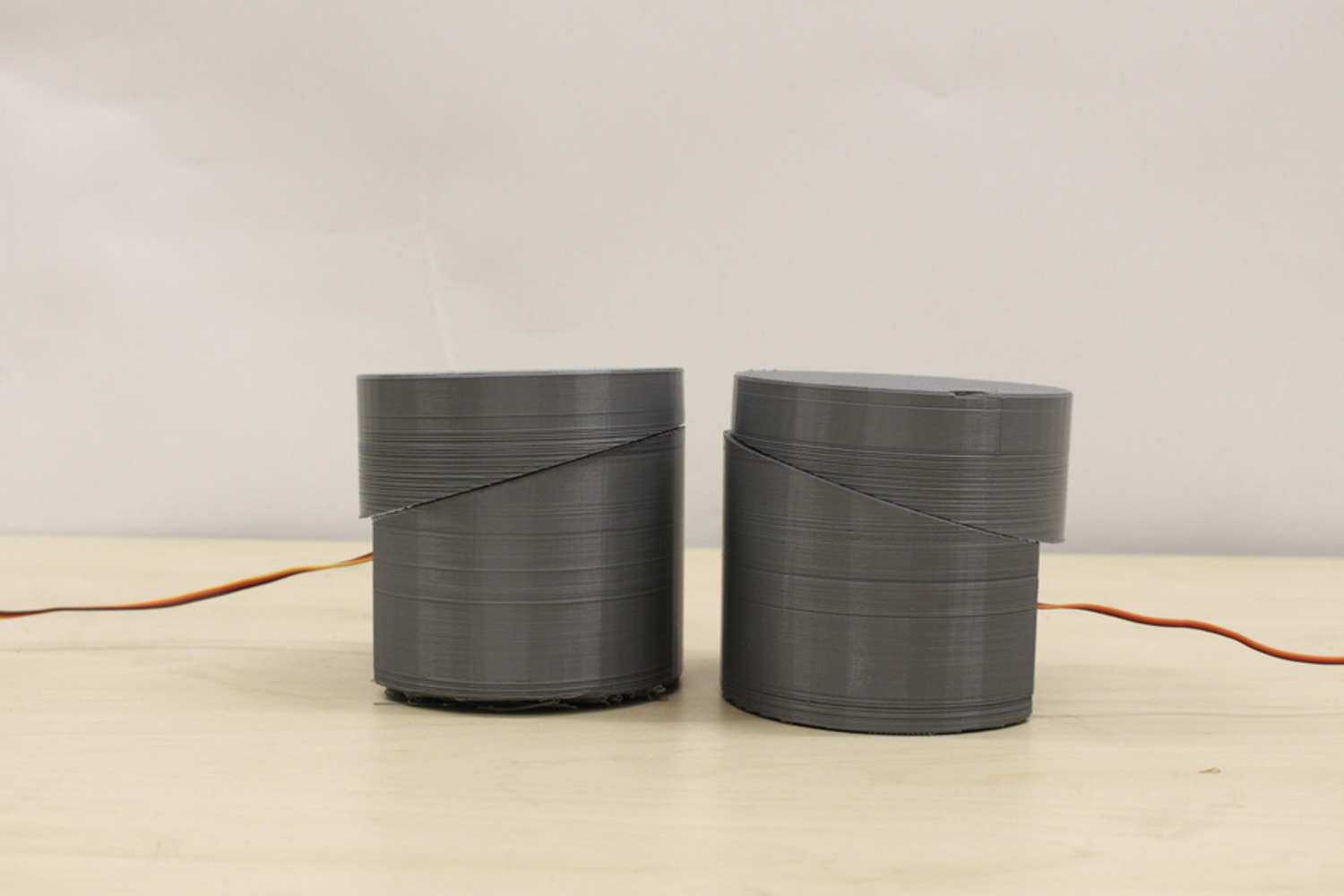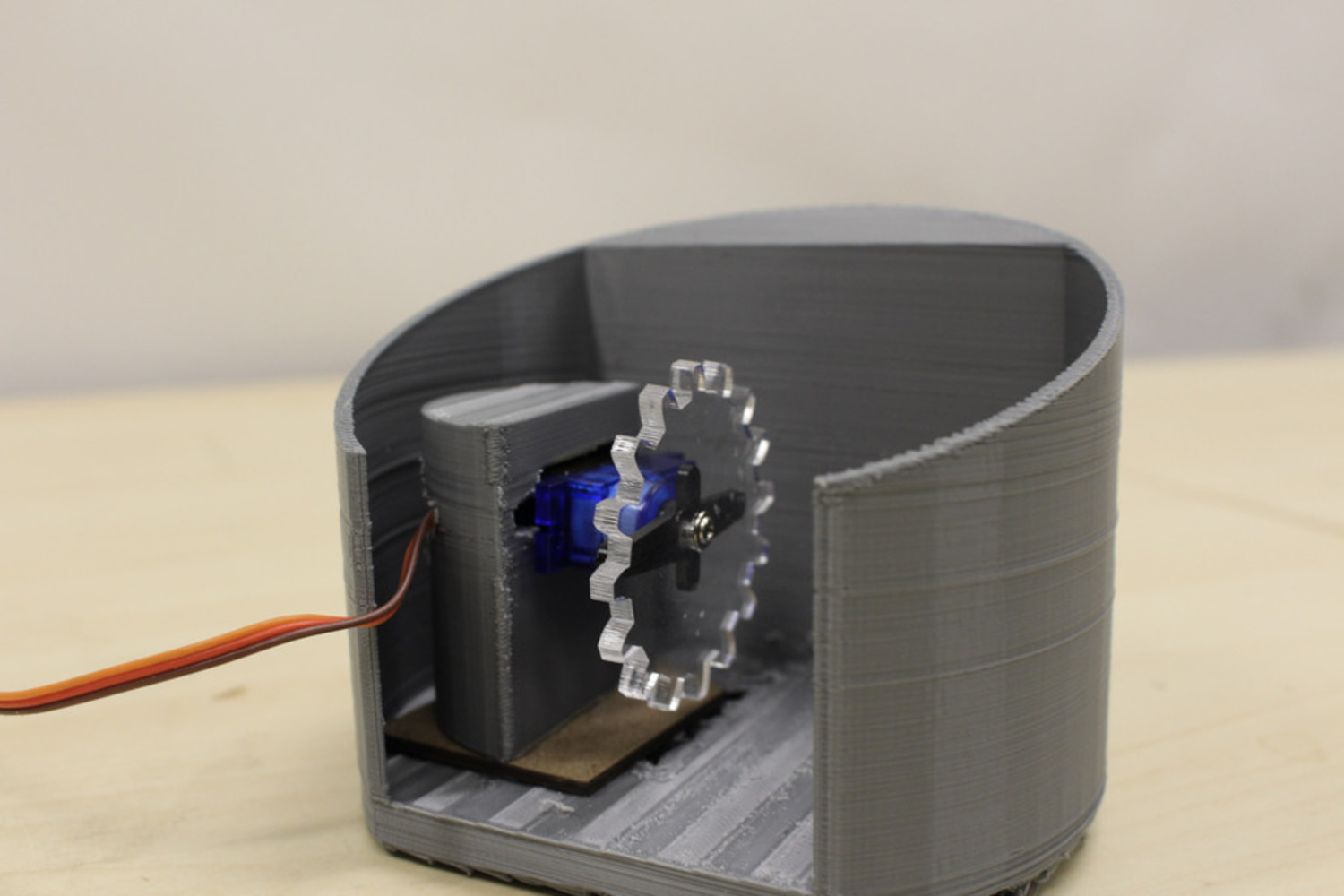Intention
Relationships are strengthened or weakened by small things like saying or not saying 'sorry' whenever one offends the other, which happens frequently. IamSorry is a device that is meant to strengthen relationships. It makes it easy to say 'sorry' without qualifications and without words. And it allows the offended party time to work out their hurt and to then forgive, without qualifications and without words. This is an example of how technology can mediate intimacy - by unobtrusively facilitating the small things that manifest intimacy.
Context
Our task was to make a device that makes the beloved present to their lover when the two are apart. Knowing that intimacy thrives on presence, how could we strengthen intimacy in absence? At the same time, the tools at hand - technology - are a poor substitute for the absent beloved; so substitution was a 'no-go'. Instead of substitution, we looked at manifestation - how is intimacy manifested? Tender words, looks and gestures ... beyond these to the foundations of intimacy - saying 'sorry, thank you and please' - forgiveness, friendship, respect...
Other work in the field?
Process
Our original idea was a rose in a vase that when pulled down, caused a twin rose to droop - requesting forgiveness. We planned to use a motor to rotate the rose and a proximity sensor on the vase rim to detect the droop. In hindsight, this idea lacked elegance - we could not make up our minds what shape the 'rose' would take. We then briefly considered breaking and restoring a vase - a complex idea that we soon discarded. We even thought of a picture frame that changed color - except that picture frames have already been explored several times in IoT; we need something new! Jesse's proposal of a detachable cylinder trumped all previous ideas because of elegance and simplicity of operation.
The challenges were two-fold: 1) hardware and 2) software.
On the hardware front, we resolved to use motors to restore the detached cylinder top to its original position and door switches to signal detachment or restoration of the top from/to the bottom half. The dimensions of the cylinder had to accommodate the operating mechanisms while hiding them from view. The motor speed was to be slow enough for gradual noiseless restoration - servo motors squeak loudly when they turn fast. The housing was 3d-printed.
The software used the door magnets as triggers to operate the motors. Conditionals were integrated into the motor operation. To communicate, we used particle's publishing/subscribing functions - one device publishes a trigger, which the other device receives through subscription.
Even with the fundamental operations in place, the systems still required fine-tuning to smooth the movement. It required an immense amount of planning to work out how the 3D printed parts would work together with the motors and what all the measurements would be.
